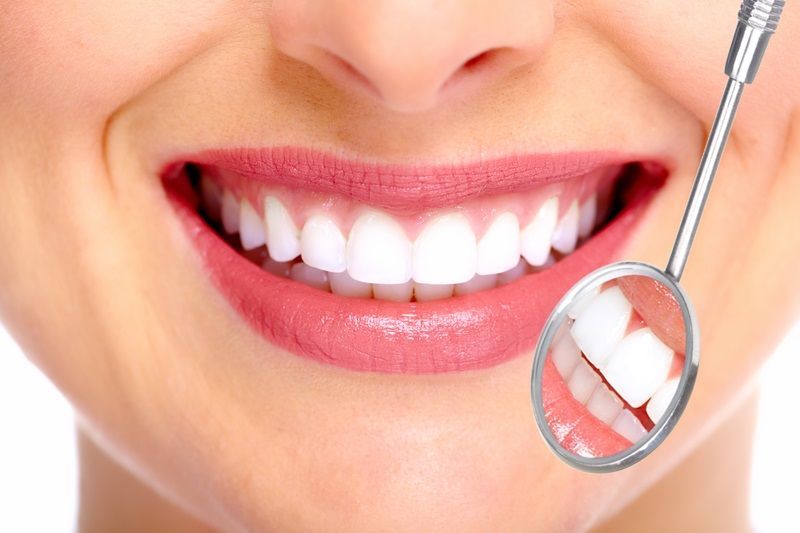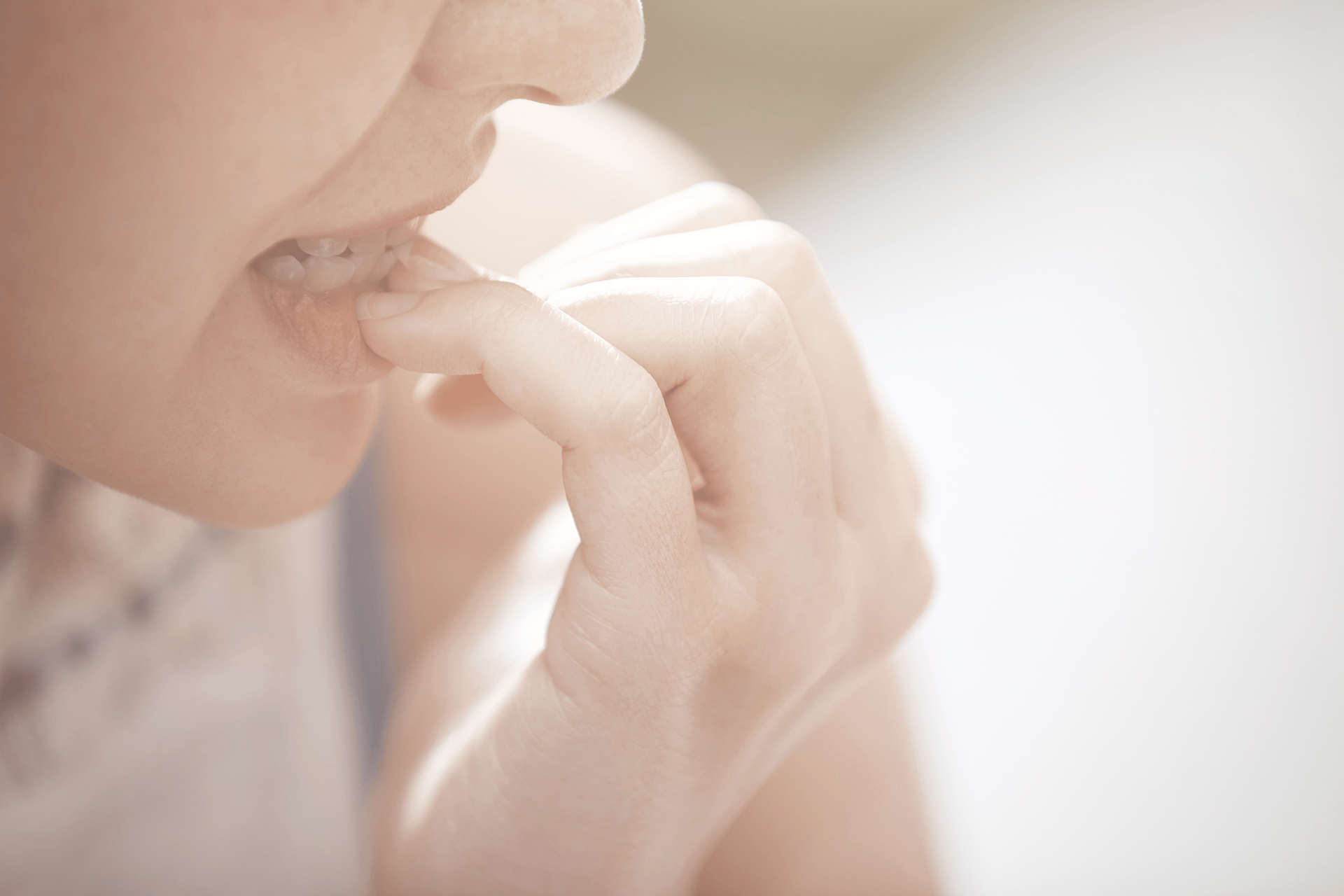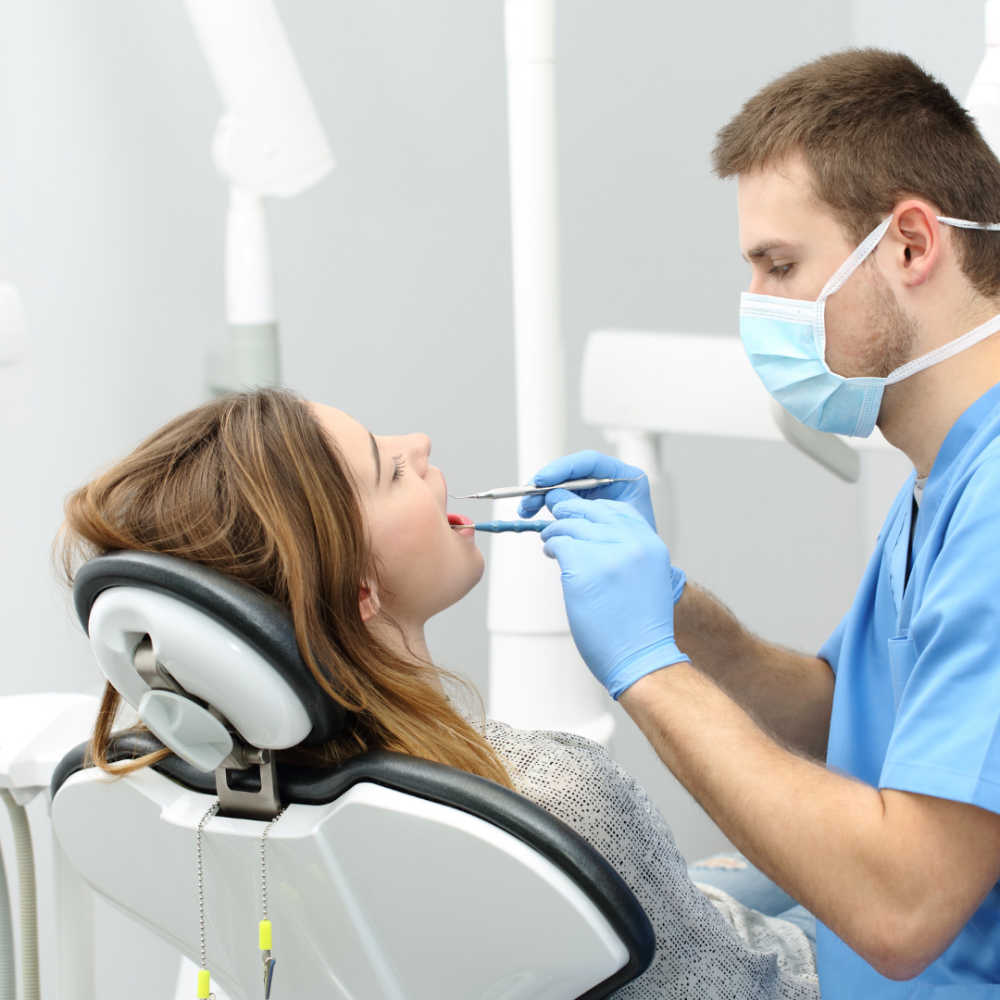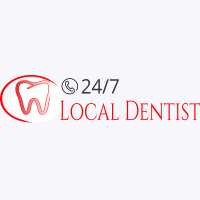Face a mirror and smile. With clean hands, grasp the edges of your upper and bottom lip, gently pushing them away from your oral cavity. Examine your gum line. Are the roots of your teeth too visible? Or perhaps they are completely exposed?
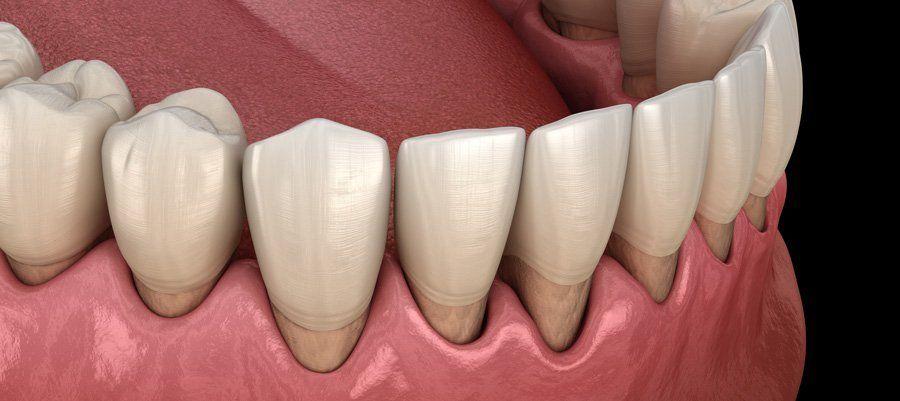
Gums — also called gingiva — that have pulled away from teeth, leaving the delicate root exposed, characterize a condition called gum recession or receding gums. This dental problem can create small spaces where plaque can accumulate and cause your gums to recede further. In the absence of treatment, gum recession can eventually lead to bone and tooth loss.
How Gum Recession Develops
An estimated three out of four American adults have some form of periodontal (gum) disease, according to the California Dental Association. Receding gums is just one of its many forms.
Periodontal disease develops as a consequence of plaque and bacteria buildup within the teeth and gums. Plaque is a sticky substance that damages the gums over time, causing them to pull away from teeth. In more severe cases, pockets arise between the gums and teeth. These periodontal pockets are ideal breeding grounds for even more bacteria to thrive and more plaque to form.
Primary Causes of Receding Gums
If your gums are receding, one or more of the following could be the cause:
- Years of aggressive brushing
- Hardened plaque buildup (tartar) due to poor oral hygiene
- Smoking
- Heavy drinking
- Family history of gum disease
- Diabetes
- Hormonal changes in women
- Human immunodeficiency virus (HIV)
Certain medications can cause a condition called dry mouth or xerostomia, which also increases your risk for gum recession. Dry mouth refers to inadequate saliva in the mouth. When your salivary glands fail to produce enough saliva, the tissues in your oral cavity can become vulnerable to bacterial infections.
According to the California Dental Association, gum recession is most common among adults aged 40 and older. For this reason, most people misconceive gum recession as a normal sign of aging. Also, men are more likely to develop it.
Can Receding Gums Grow Back?
The gum tissue cannot regenerate. Therefore, your gums will not grow back once they recede.
Are There Natural Remedies for Receding Gums?
Some people claim that several natural remedies can “cure” gum recession. The most popular ones include oil pulling, using aloe vera, and drinking green tea. The question is: are they effective?
Each of these natural remedies may help improve your oral health. A 2009 study published in the Indian Journal of Dental Research found that swishing sesame oil in the mouth reduced plaque and gum inflammation. However, the researchers only involved 20 participants, and all of them were too young (between 16 to 18 years old). thus failing to support the claim that oil pulling is a possible treatment for gum recession in older adults.
Another study published in the same year highlighted the possible advantages of drinking green tea for combating the bacterial causes of inflamed gums. And, a 2011 study found that applying aloe vera under the gums helped reduce bacteria buildup and inflammation. However, similar to the study about oil pulling, the researchers did not involve enough participants to strengthen the verity of their findings.
In conclusion, although research suggests that these remedies may improve your oral health, they cannot undo the effects of gum recession. There is no miracle treatment — natural or medical — that can stimulate the gums to grow back after receding.
What Can I Do About My Receding Gums?
Even though receding gums are unable to grow back, there are ways to prevent them from receding even further. Here at 24/7 Local Dentist Group, we also offer receding gums treatments in Irvine, California. Let’s discuss the steps involved in treating gum recession below.
Be Proactive About Slowing Down the Process
Start by visiting our dental office in Irvine or Montclair, CA. Our periodontist will measure how far your gums have receded to determine the best and most effective treatment available. If you have bacterial buildup in the small crevices created by gum recession, we may begin with a deep-cleaning procedure called scaling and root planing.
Dental scaling and root planing involves scraping away tartar buildup from teeth and under the gum line. Our periodontist will either use a hand-held scraper or an ultrasonic device that produces vibrations to loosen and remove plaque.
In some cases, our dentist might prescribe an antibiotic mouthwash.
How to Maintain the Results of Scaling and Root Planing
Because scaling and root planing effectively removes bacteria, the procedure can slow down and sometimes stop the gum recession process. To maintain results and preserve your smile, if you haven’t started already, you need to practice good oral hygiene habits moving forward. Also, remember to schedule bi-annual trips to our office to ensure an overall healthy mouth.
Read 10 Oral Hygiene Mistakes to Correct and 9 Steps to Achieving Healthy Teeth and Gums for information on how to take excellent care of your teeth and gums
For Severe Cases, Consider Surgery for Receding Gums
For severe cases, our periodontist might suggest surgery to remove bacteria that are deep under the gums and replace any missing gum tissue.
The common surgical treatments for gum recession include:
- Gum graft. In this procedure, our surgeon will extract gum tissue from another portion of your mouth and place it around the receding area. A gum graft can minimize the appearance of receding gums and protect both your tooth and bone from future damage.
- Flap surgery. A dentist will create a small incision along your gum tissue to lift it and remove any plaque that scaling and root planing could not eliminate. Once the bacteria is gone, our surgeon will secure your gum tissue in place to prevent eventual bone loss.
- Bonding. Top dentists can place gum-colored resin over the roots of your affected teeth. Dental bonding can help reduce the appearance of receding gums and protect the sensitive roots of teeth.
The California Dental Association estimates that periodontal diseases, including receding gums, are responsible for 70 percent of tooth loss in adults. Luckily, even though gum tissue is unable to grow back, these treatment options can help slow down or halt the process.
Are your gums receding? Act now to avoid losing your teeth and the confidence to smile. Call us at (833) 220-2448 today to book an appointment with our dentist and determine the most effective treatment option based on the amount of recession you have.


